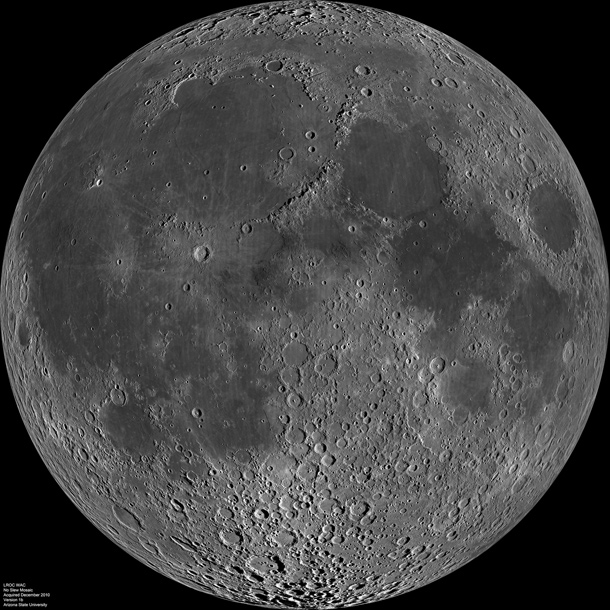I found a video today through Yehoodi of some jitterbug dancers in 1961. The poster expressed a bit of surprise to find footage of swing dancing in the 1960’s. This got me thinking about the history of lindy hop in Australia – something I have an interest in but have never had the time, and
Swing Pit – 25 Feb – Set list
Although it’s been cooler lately the venue was still quite warm and muggy – I was playing second after the birthday/welcome jam. It was a fairly small crowd at the start of the night after the lesson but things picked up pretty quickly after that. I didn’t really think I played that well – it’s
Links of the week
Image credit: NASA/GSFC/Arizona State University Bad Astronomy reviews the highest resolution image of the moon ever created.The full file is an enormous 550Mb so download it at your peril! Jeff Sparrow comments in the Drum on the rise of ‘racyism’ in current public discourse and opinion Alison Gopnik on Slate.com and Massimo Pigliucci on Rationally
Working Families?
With a state election in NSW in the next few weeks and a federal election one by-election away we’re again being bombarded with political commercials. Here’s a few for sampling: NSW Labor’s “Fairness for Families” NSW Liberal’s spoof of the above (which gets points for comedy) And (because it features Zombies) my favourite
Welcomings
Welcome to my bloggings. This could be an appeal to my narcissistic side or an opportunity to share things I think I have to say. I hope to somehow work on getting some sort of dancing/jazz calender going and this may end up being a stepping stone into some other web projects – we shall



